Some of the biggest cities in England are world-famous for their cultural, economic, or sports impact on the world.
These cities are also some of the oldest in the world, representing local and international cultures through the melting pot of nationals that come to these cities from all over the world.
Some of these, such as Liverpool, even dominated the maritime world at one point. Others, such as Stoke on Trent, made a lasting impact on the pottery industry. Let’s take a look at the 10 biggest cities in England and what makes each one unique.
Table of Contents
The Biggest Cities in England
| Number | City | Population |
|---|---|---|
| 1 | London | 8,294,058 |
| 2 | Birmingham | 2,293,099 |
| 3 | Manchester | 1,741,961 |
| 4 | Liverpool | 830,112 |
| 5 | Leeds | 750,700 |
| 6 | Sheffield | 551,800 |
| 7 | Teesside | 472,200 |
| 8 | Bristol | 428,234 |
| 9 | Bournemouth and Poole | 382,536 |
| 10 | Stoke-on-Trent | 360,810 |
1. London: 8,294,058

London has undoubtedly had a huge impact on the world. It is the home of England’s media industry and the official political capital of the country.
Its economy is dominated by multinational banking and financial institutions and its history and site attract crowds of tourists – the British Museum alone attracts more than 6 million people each year.
The city of London also has excellent transport links to its airports and the world’s oldest underground transport system. It has some of the largest sporting facilities in the world, such as the Emirates Stadium.
London has some of the biggest parks in the world, and it’s easy to escape the energy of the city by getting lost in their beautiful grounds.
London is also a diverse city – more than 36% of its population was born outside of the country.
2. Birmingham: 2,293,099
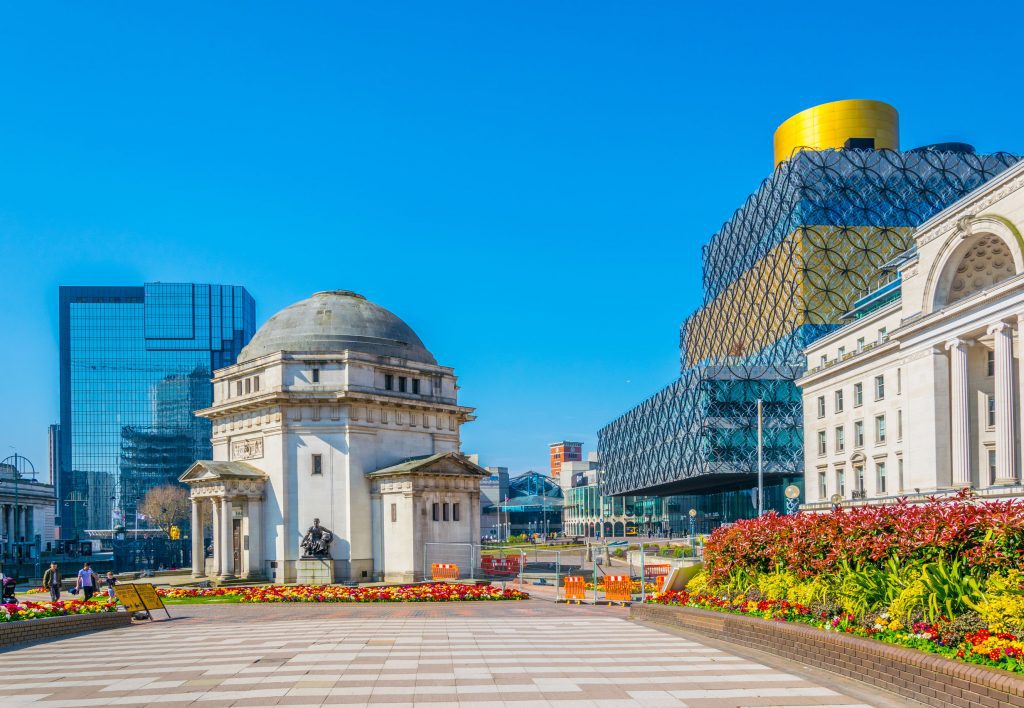
Birmingham is England’s second-largest city and has a strong economy predominantly based on the service industry. It sits just behind London and Leeds when it comes to employment opportunities in the public and private sectors.
The city also has a strong national cultural impact. It hosts multiple, top-ranking universities and world-class cultural venues.
The nightlife in Birmingham is also very impressive given the city’s size and compared to other world metropolitan areas.
3. Manchester: 1,741,961
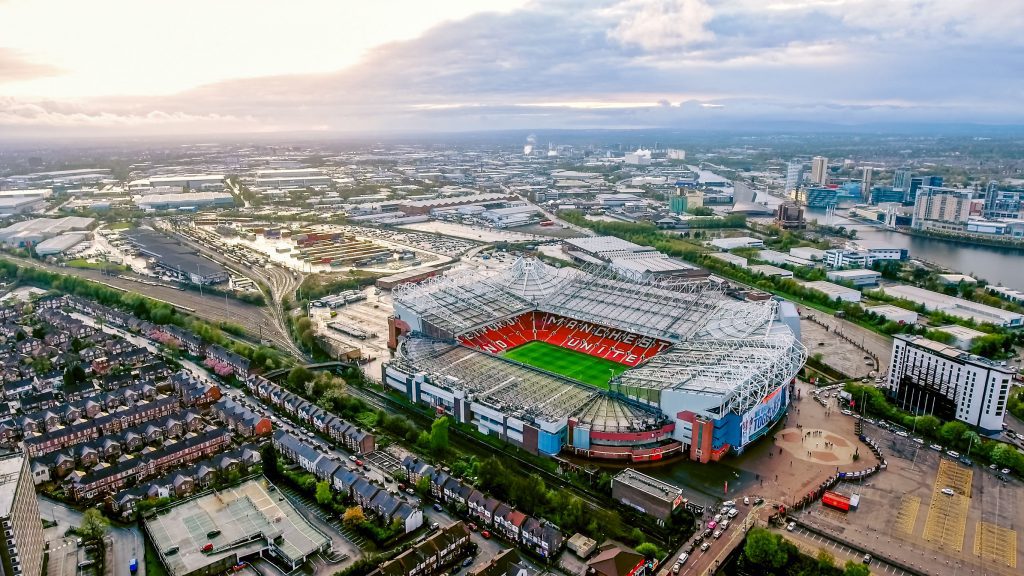
Manchester is often seen as London’s biggest rival when it comes to culture and sports. The city has its own unique identity and rich history in football – it hosts much of North England’s sports clubs.
It’s the world’s first industrialized city and one that had an impressive manufacturing industry.
Manchester still drives innovation even hundreds of years after its cotton industry boom. Today, it hosts multiple universities and excellent facilities that are now used in television and TV show production.
4. Liverpool: 830,112
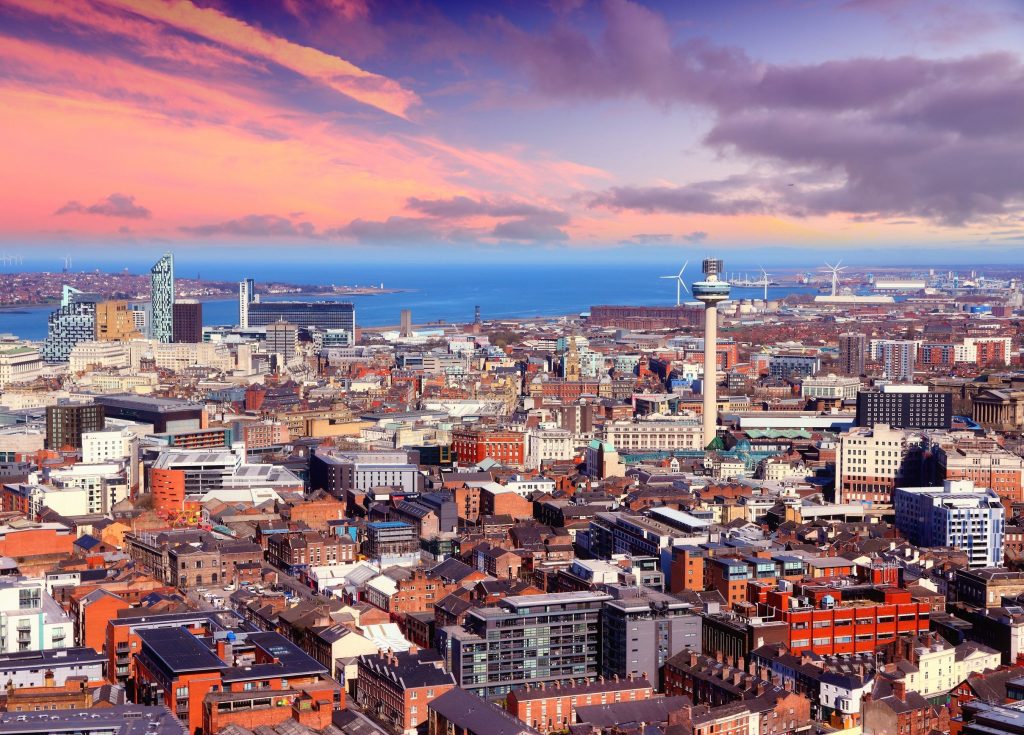
Liverpool is known as the city of The Beatles and is also the home to the company that built the Titanic. Today, Liverpool is famous for its football team of the same name – one of the most beloved sports teams in the entire world.
Unfortunately, modern Liverpool struggles with high unemployment rates. However, the number of employment opportunities is growing, and hopefully so too will the city’s number of employed individuals.
5. Leeds: 750,700
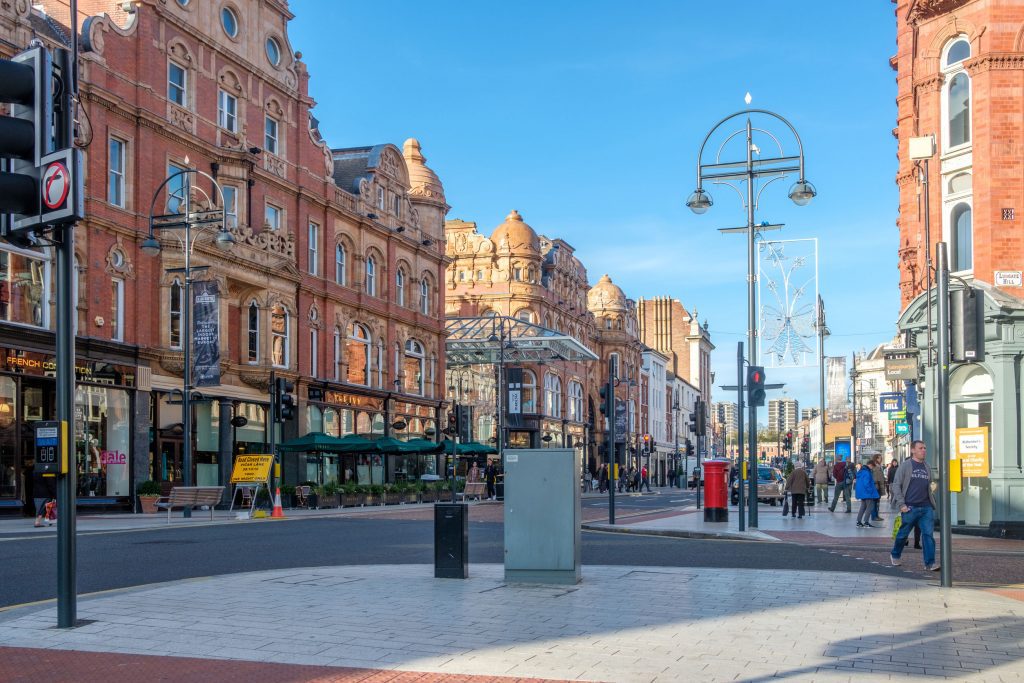
Leeds is a Northern city with an impressive economy.
Leeds has the most diverse economy in England and over 400,000 people employed, making it one of the best cities in England to find a job – especially if you’re in banking.
The financial and banking sectors are the biggest employers here, in second place only to London. The area is also known for hosting 50% of the country’s manufacturing facilities in the food and beverage industries.
6. Sheffield: 551,800
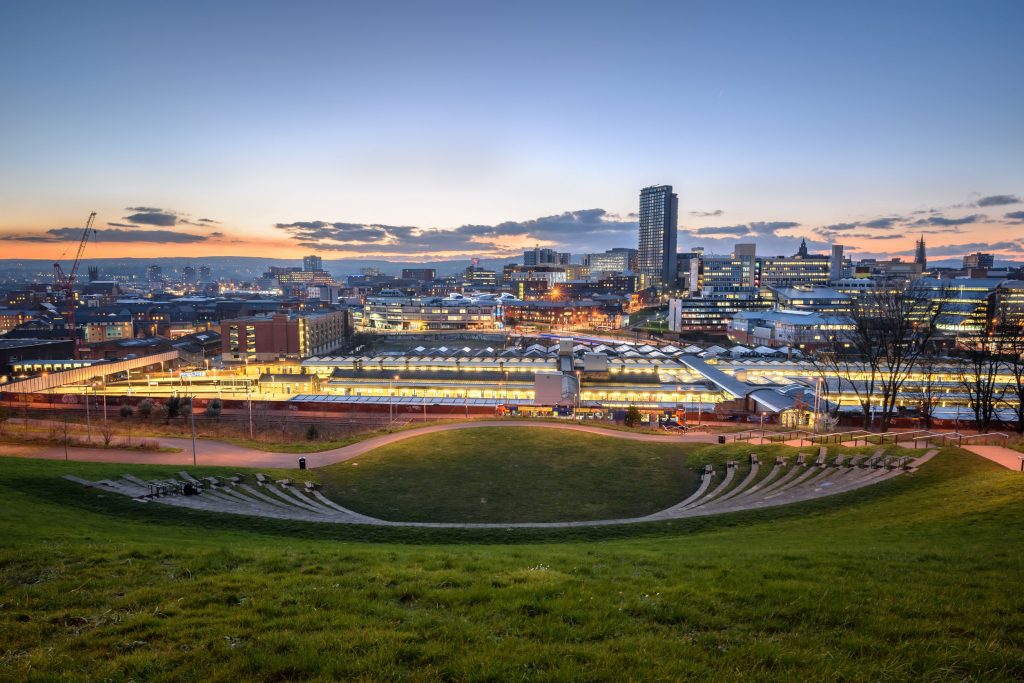
Sheffield is a developing metropolis with a growing university and international appeal. It inaugurated the first public park in the world as well as the first football team in the world.
Fans of football can still visit the world’s oldest football stadium here at the local Sheffield United.
The city is also a major hub for urban nature lovers – it has over 4.5 million trees making it Europe’s greenest city and an example to follow for the rest of the world.
7. Teesside: 472,200
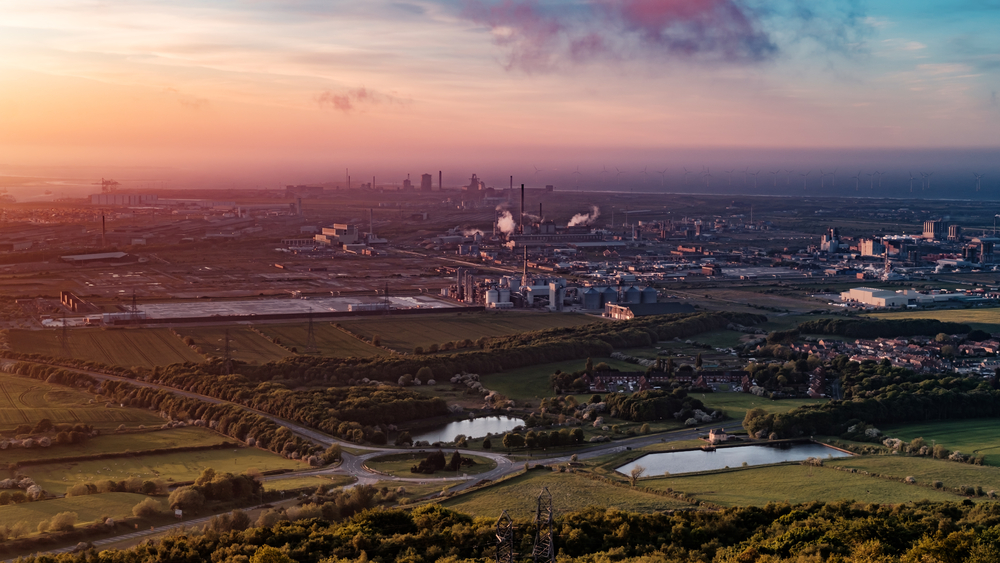
Teesside is located near the River Tees and is another northern English city.
Previously known for its heavy manufacturing industry, which began to decline around the 1960s, Teesside’s modern economy is infused with businesses focused on the sciences and service industry.
Teesside is famous for its processing of salt, alkalis, ammonia, plastics, nylon, and fertilizers. Teesside University a public University, houses the British Steel Collection where records of iron and steel companies are stored.
8. Bristol: 428,234
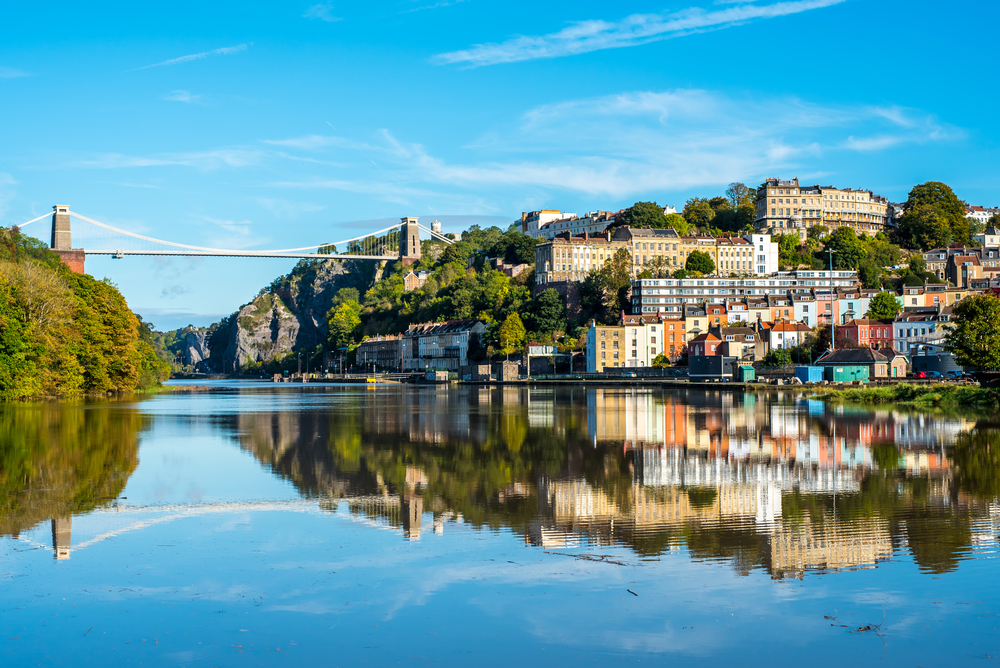
Bristol is Southeast England‘s most populous city and is located on the River Avon. The area around Bristol is home to Iron Age forts and ancient Roman villas and its ports were a common starting place for voyages to the New World as far back as the 15th century.
Modern Bristol’s economy has grown thanks to its focus on the industries of creative media, electronics, and aerospace. It has twice been voted Britain’s best city to live in and is a popular tourist destination.
9. Bournemouth, Christchurch, and Poole: 382,536
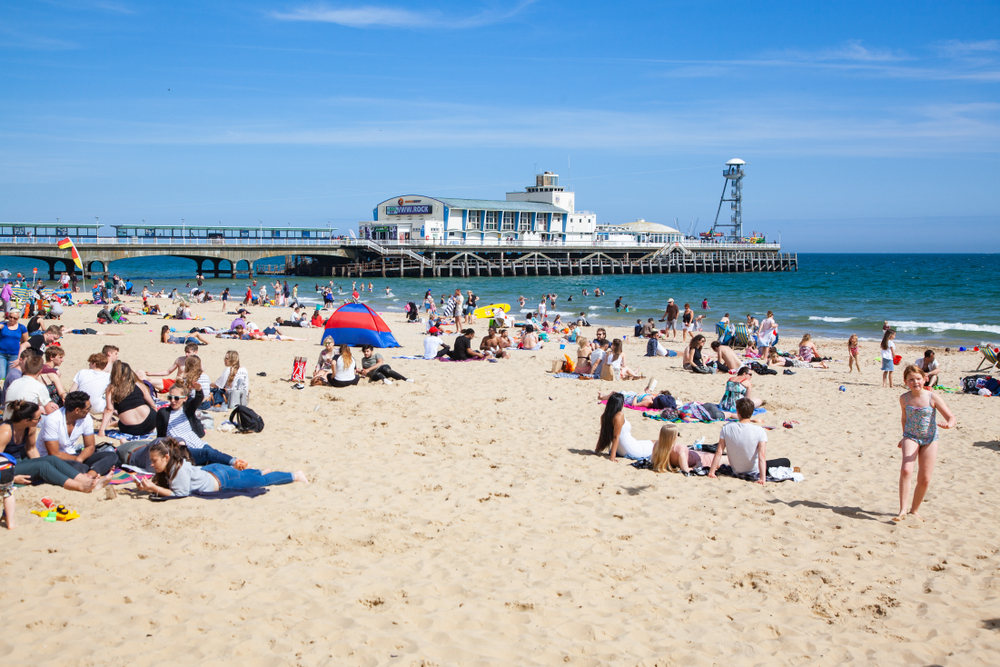
Bournemouth, Christchurch, and Poole (BCP) is part of Dorset country and is located in Southeast England. These seaside cities form a collective county and have always been popular with tourists.
The economy in BCP was once dependent on agriculture and tourism, however, it is not centered around manufacturing, construction, and the service industry.
While home to many museums and the Bournemouth Symphony Orchestra, BCP still maintains and very rural feel.
10. Stoke-on-Trent: 360,810
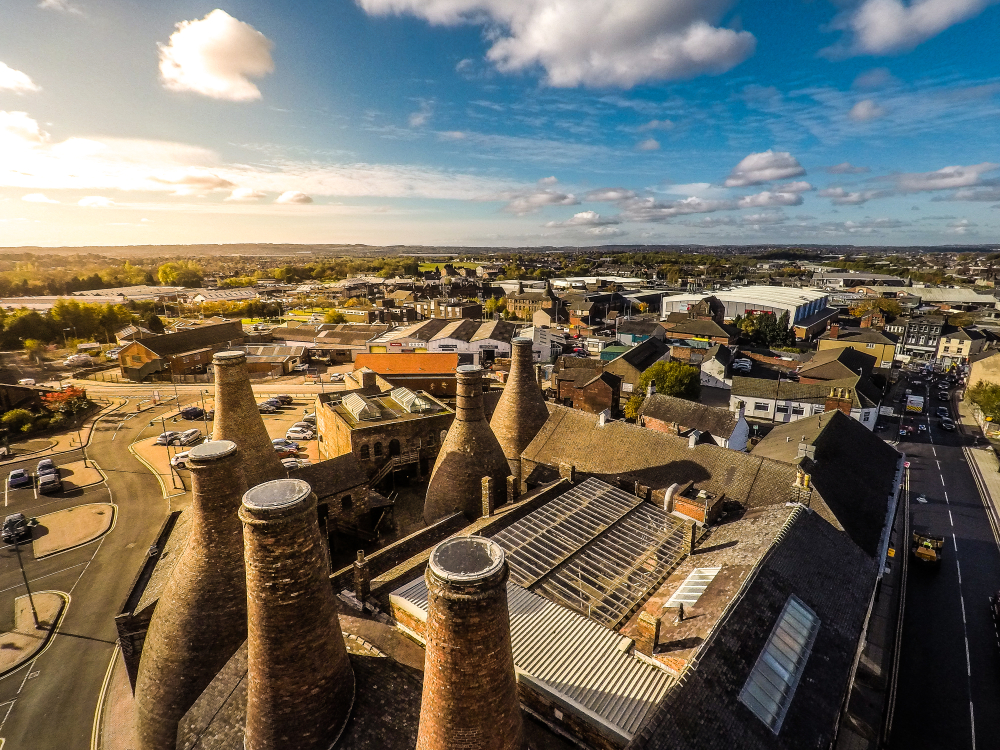
Stoke-on-Trent (Stoke) is in Staffordshire, England, and is the largest city in the area. It is the home of England’s pottery industry and in modern times is a hub for the services and distribution industries.
Stoke is also known for coal mining and steel production and was heavily involved in the country’s WWII industrial effort.

















